Given .maximum structural take off mass 8600 kg.maximum structural landing mass ? [ Result topography ]
Question 68-1 : 7340 kg 8310 kg 8325 kg 8600 kg
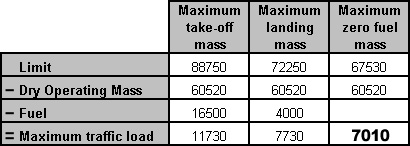 7340 kg.
7340 kg. Given .maximum structural take off mass 7400 kg.maximum structural landing mass ?
Question 68-2 : 6625 kg 7385 kg 7400 kg 7135 kg
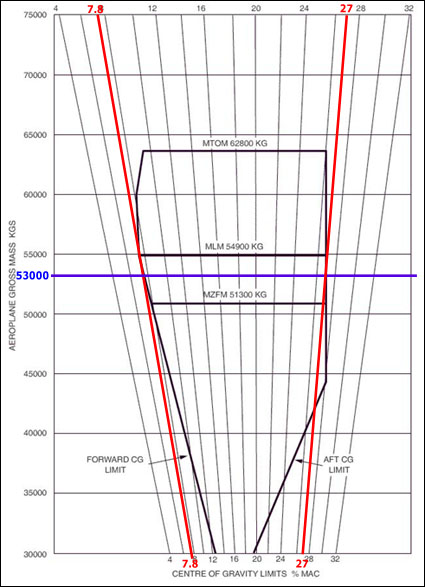 6625 kg.
6625 kg. Given .dry operating mass 4920 kg.zero fuel mass 5740 kg.trip fuel 670 kg.take ?
Question 68-3 : 820 kg 2160 kg 1340 kg 2480 kg
 820 kg.
820 kg. Given .dry operating mass 5320 kg.zero fuel mass 6790 kg.trip fuel 770 kg.take ?
Question 68-4 : 1470 kg 3080 kg 1610 kg 2940 kg
Given .dry operating mass 5210 kg.zero fuel mass 6230 kg.trip fuel 990 kg.take ?
Question 68-5 : 1020 kg 3390 kg 2370 kg 2980 kg
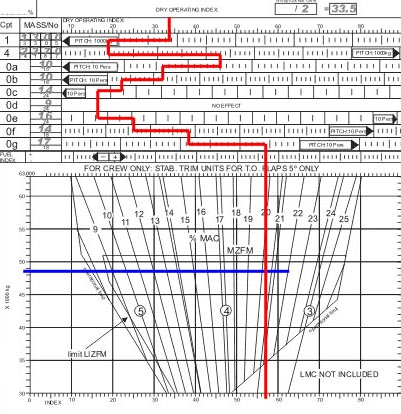 1020 kg.
1020 kg. Given .zero fuel mass 4770 kg.trip fuel 1040 kg.block fuel 1960 kg.taxi fuel 20 ?
Question 68-6 : 6710 kg 6730 kg 5890 kg 4970 kg
Considering only structural limitations on very short legs with minimum take ?
Question 68-7 : Maximum zero fuel mass maximum landing mass maximum take off mass actual landing mass
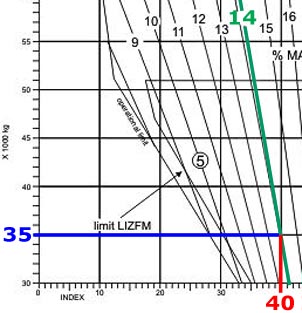 Maximum zero fuel mass.
Maximum zero fuel mass. Basic empty mass is ?
Question 68-8 : A component of dry operating mass the actual take off mass minus traffic load dry operating mass minus fuel load dry operating mass minus traffic load
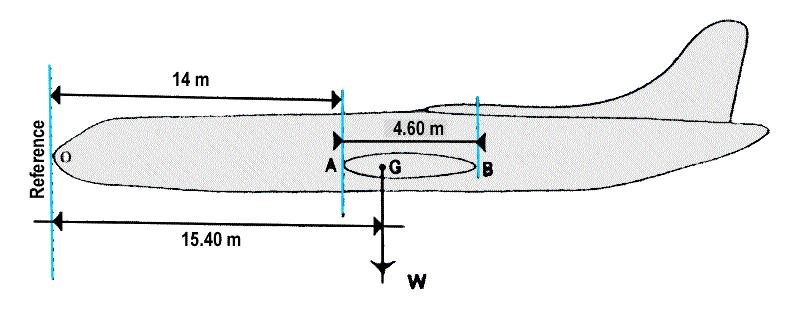 A component of dry operating mass.
A component of dry operating mass. Allowed traffic load is the difference between ?
Question 68-9 : Allowed take off mass and operating mass allowed take off mass and basic empty mass plus trip fuel allowed take off mass and basic empty mass operating mass and basic empty mass
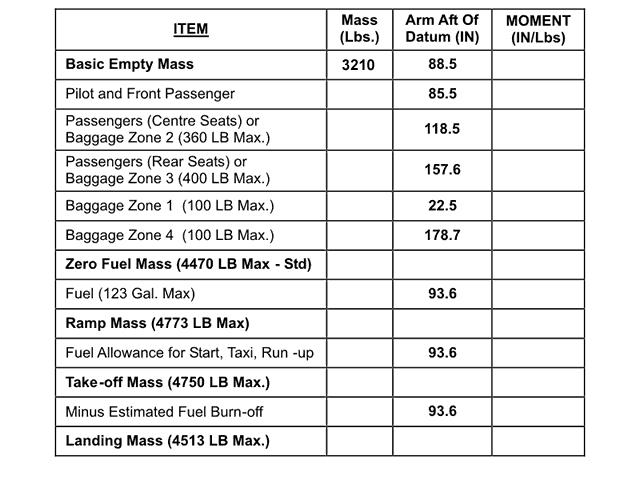 Allowed take off mass and operating mass.
Allowed take off mass and operating mass. The operating mass of an aeroplane is ?
Question 68-10 : The dry operating mass plus the take off fuel mass the empty mass plus the take off fuel mass the empty mass plus crew crew baggage and catering the empty mass plus the trip fuel mass
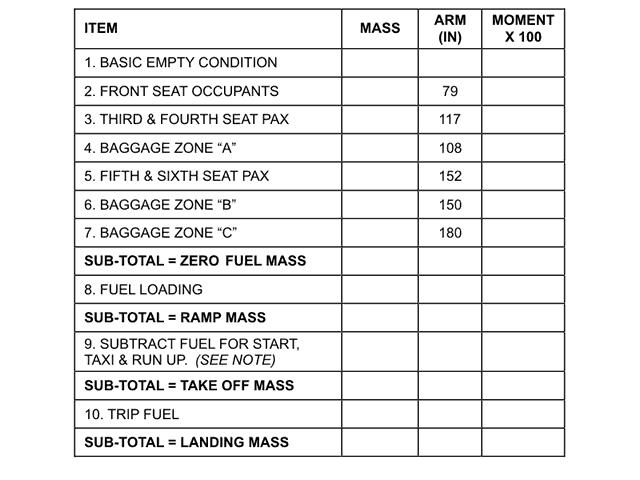 The dry operating mass plus the take-off fuel mass.
The dry operating mass plus the take-off fuel mass. The maximum zero fuel mass is ?
Question 68-11 : A structural limit listed in the flight manual as a fixed value governed by the cg limits governed by the traffic load to be carried tabulated in the flight manual against arguments of airfield elevation and temperature
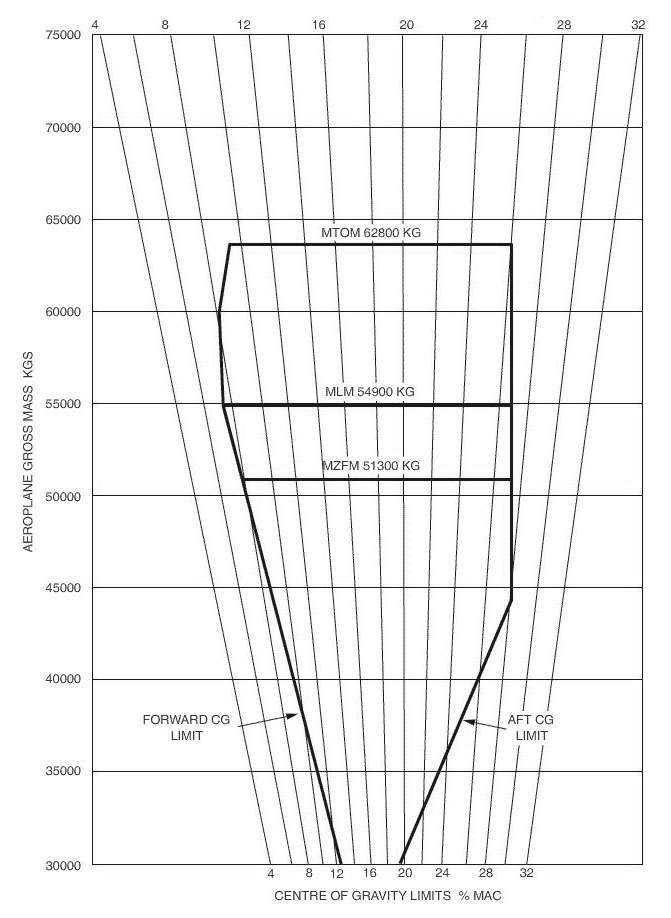 A structural limit listed in the flight manual as a fixed value.
A structural limit listed in the flight manual as a fixed value. The maximum structural take off mass is ?
Question 68-12 : A limit which may not be exceeded for any take off a take off limiting mass which is affected by the aerodrome altitude and temperature a take off limiting mass which is governed by the gradient of climb after reaching vy limited by the take off distance available it is tabulated in the flight manual
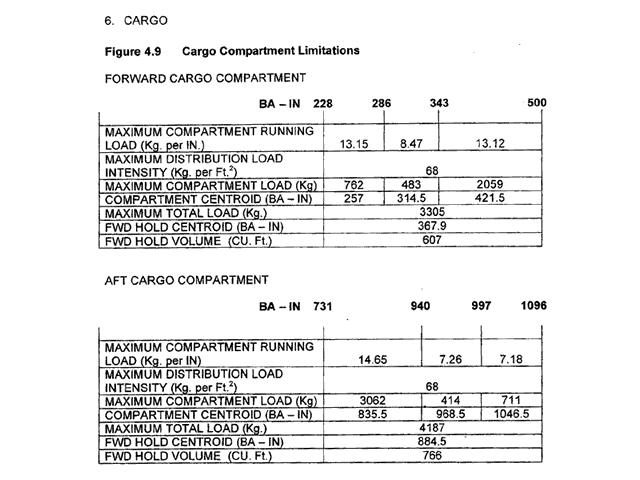 A limit which may not be exceeded for any take-off.
A limit which may not be exceeded for any take-off. To calculate the allowable take off mass the factors to be taken into account ?
Question 68-13 : Maximum landing mass augmented by the fuel burn maximum landing mass and the fuel on board at take off maximum zero fuel mass and the trip fuel maximum take off mass minus the trip fuel
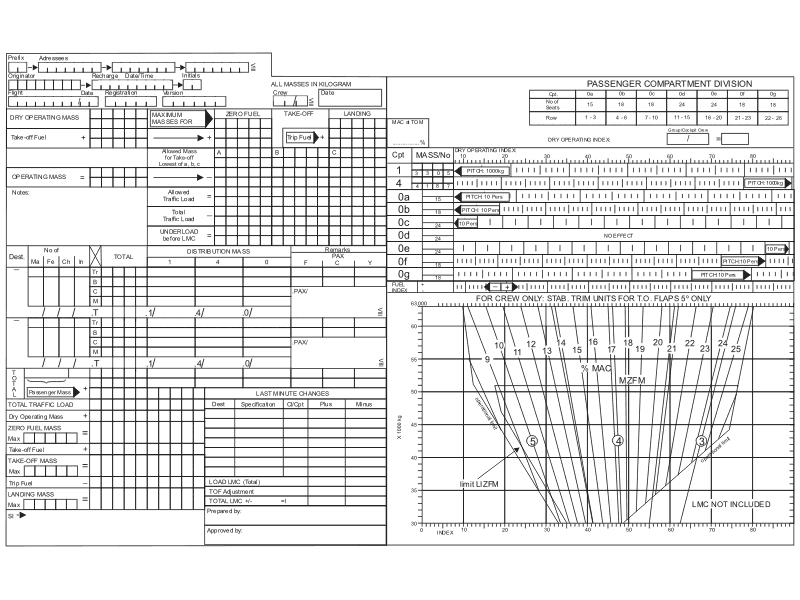 Maximum landing mass augmented by the fuel burn
Maximum landing mass augmented by the fuel burn The traffic load is defined as the total mass of ?
Question 68-14 : Passengers baggage and cargo including any non revenue load passengers baggage cargo and usable fuel flight crew passengers baggage cargo and usable fuel crew and passengers excluding any baggage or cargo
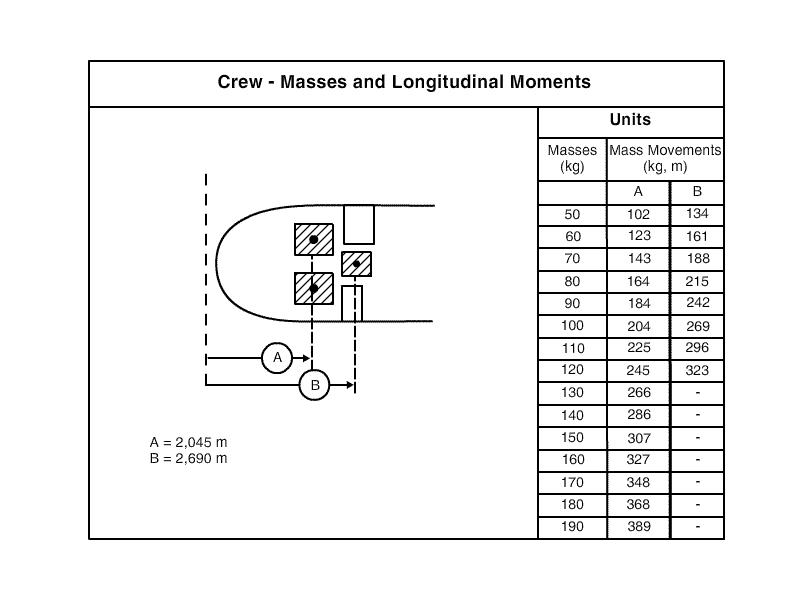 Passengers, baggage and cargo, including any non revenue load.
Passengers, baggage and cargo, including any non revenue load. Given .dry operating mass = 38 000 kg.maximum structural take off mass = 72 000 ?
Question 68-15 : 71 300 kg and 23 000 kg 71 300 kg and 25 300 kg 73 000 kg and 24 700 kg 73 000 kg and 27 000 kg
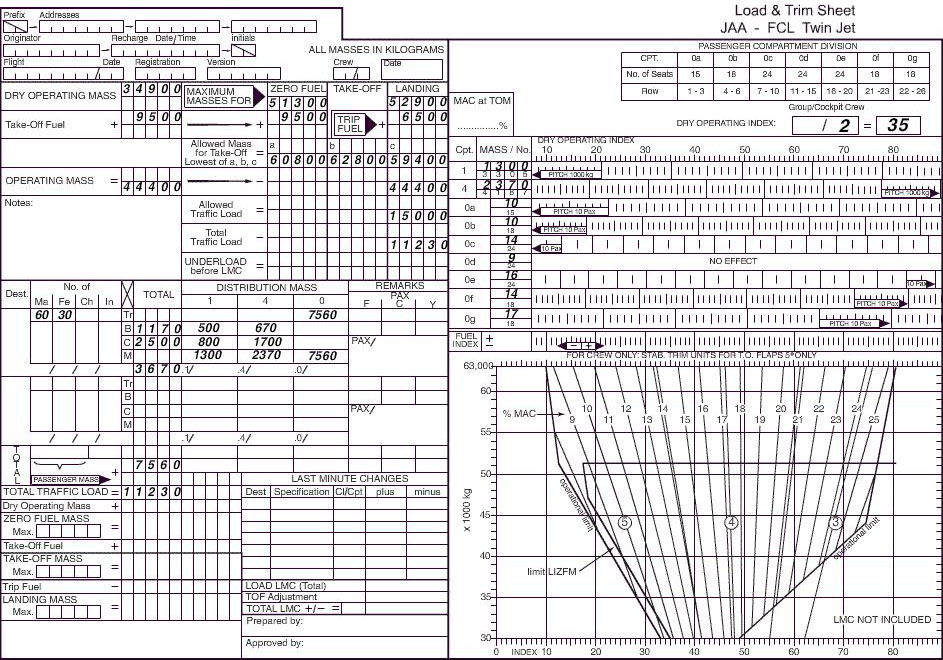 71 300 kg and 23 000 kg.
71 300 kg and 23 000 kg. In relation to an aeroplane the term 'basic empty mass' includes the mass of ?
Question 68-16 : Found in the latest version of the weighing schedule as corrected to allow for modifications found in the flight manual and is inclusive of unusable fuel plus fluids contained in closed systems printed in the loading manual and includes unusable fuel inclusive of an allowance for crew crew baggage and other operating items it is entered in the loading manifest
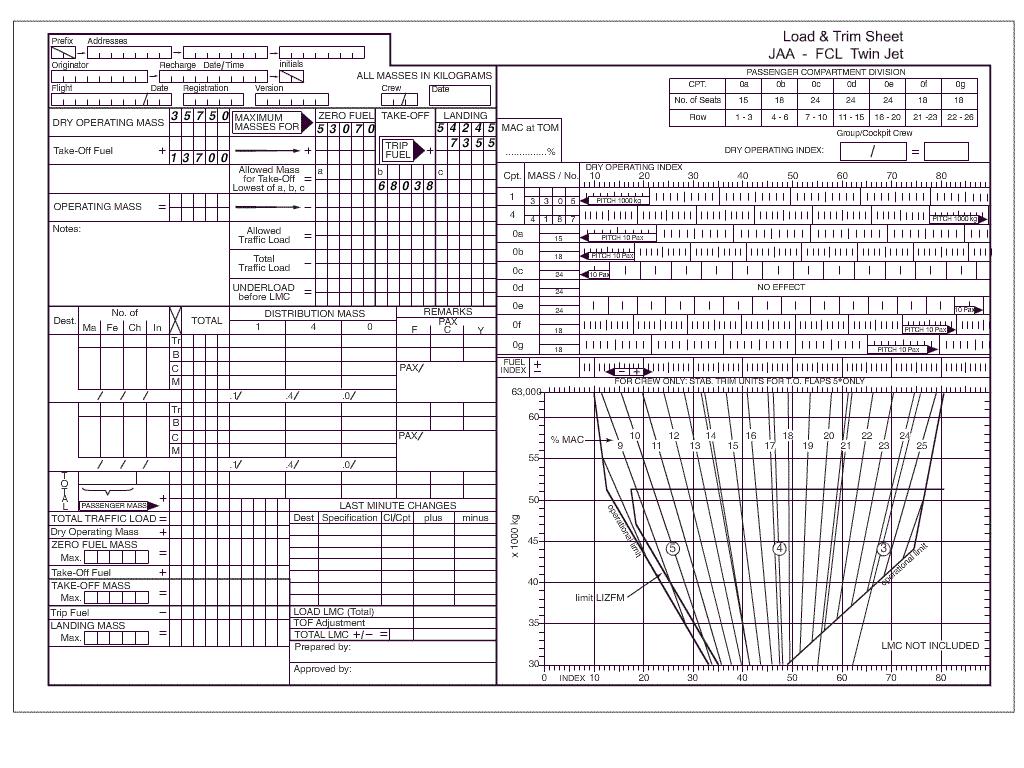 Found in the latest version of the weighing schedule as corrected to allow for modifications.
Found in the latest version of the weighing schedule as corrected to allow for modifications. Prior to departure the medium range twin jet aeroplane is loaded with maximum ?
Question 68-17 : 13090 kg 16470 kg 18040 kg 12840 kg
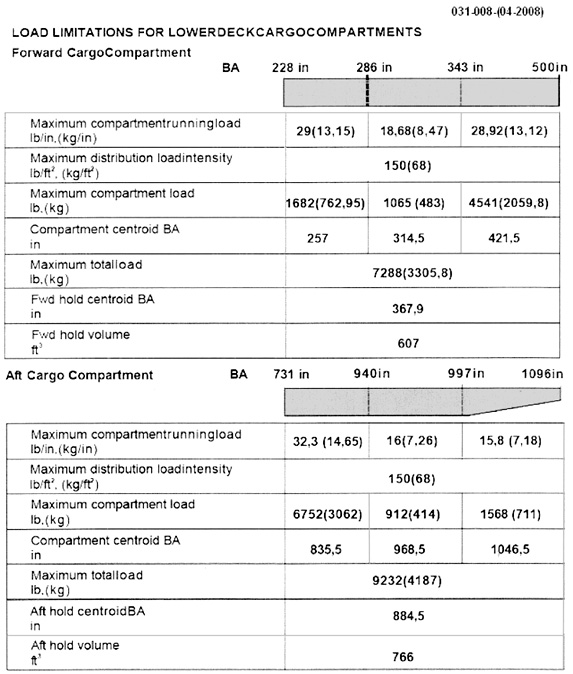 13090 kg.
13090 kg. The operator of an aircraft equipped with 50 seats uses standard masses for ?
Question 68-18 : The operator should use the individual masses of the passengers or alter the standard masss the operator may use the standard masses for the balance but must correct these for the load calculation the operator is obliged to use the actual masses of each passenger the operator may use the standard masses for the load and balance calculation without correction
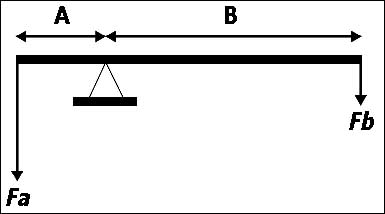 The operator should use the individual masses of the passengers or alter the standard masss.
The operator should use the individual masses of the passengers or alter the standard masss. The following data is extracted from an aeroplane's loading manifest ?
Question 68-19 : Is 87300 kg and excess structural stress could result is 87300 kg which is acceptable in this case because this is a diversion and not a normal scheduled landing is 83200 kg which is in excess of the regulated landing mass and could result in overrunning the runway must be reduced to 81700 kg in order to avoid a high speed approach
 Is 87300 kg and excess structural stress could result.
Is 87300 kg and excess structural stress could result. The following data relates to a planned flight of an aeroplane .dry operational ?
Question 68-20 : 7010 kg 7730 kg 11730 kg 15730 kg
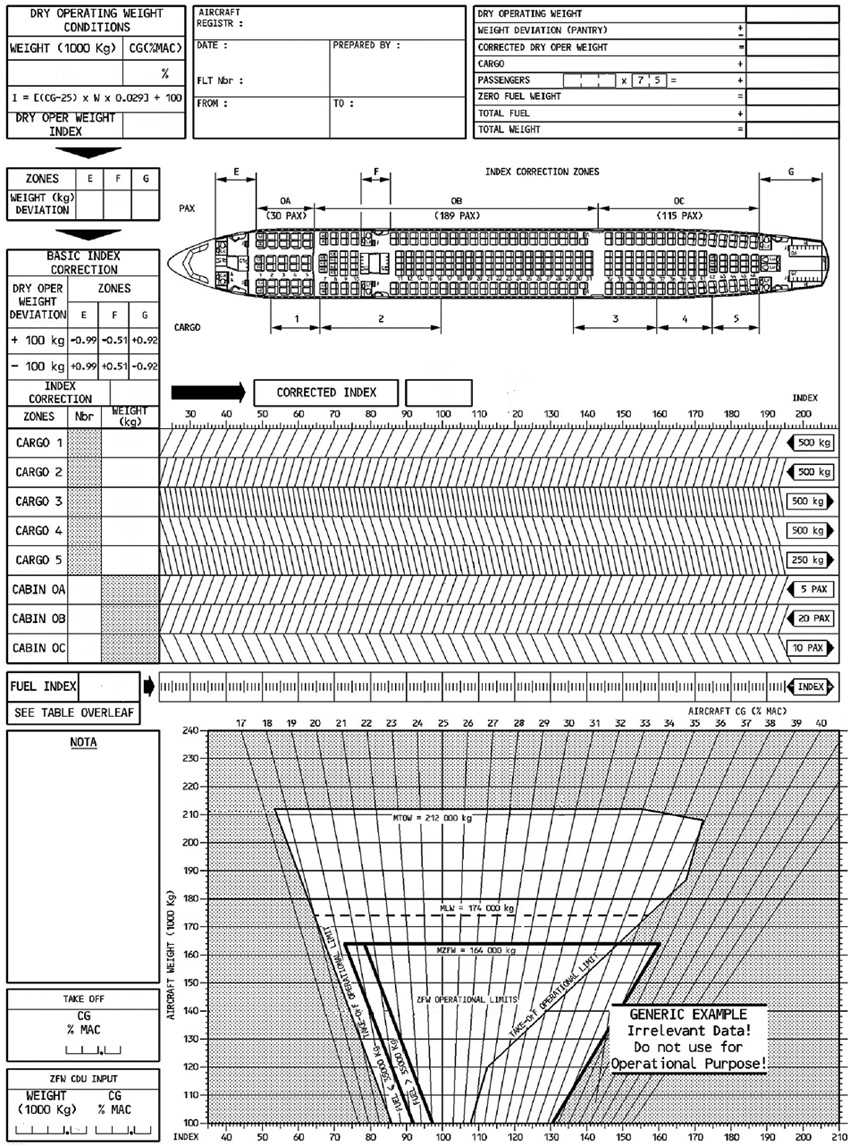 7010 kg.
7010 kg. Maximum allowed take off mass limit 37 200kg.dry operating mass 21 600 kg.take ?
Question 68-21 : 585 kg 340 kg 1105 kg 965 kg
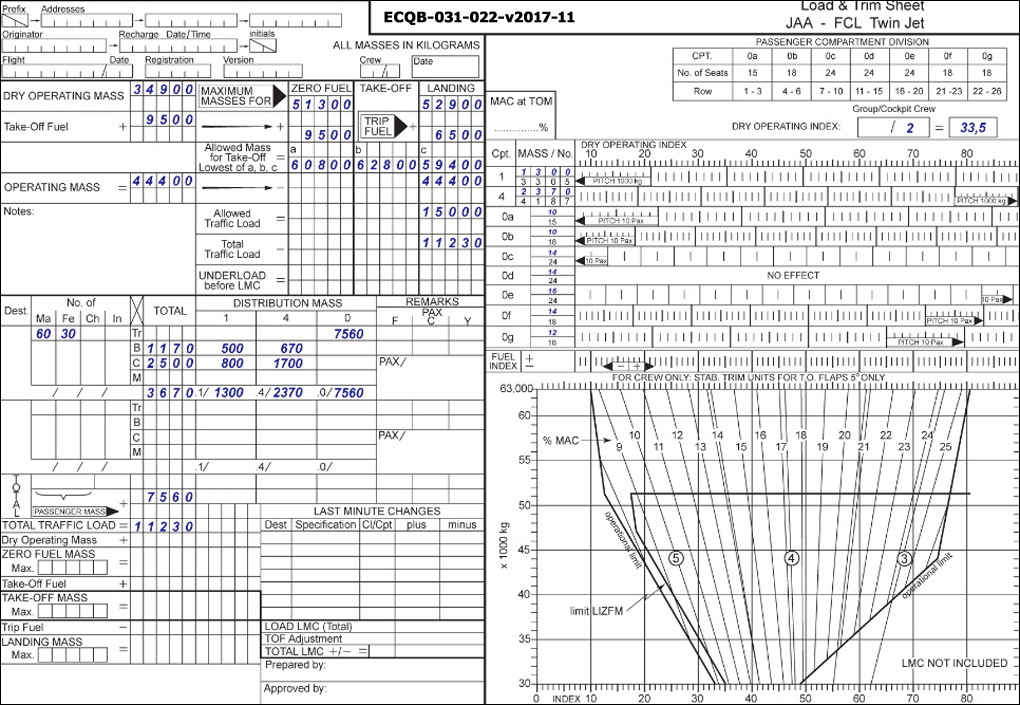 585 kg.
585 kg. The take off mass of an aircraft is 8470 kg .total fuel on board is 1600 kg ?
Question 68-22 : 6899 kg 6129 kg 6870 kg 6420 kg
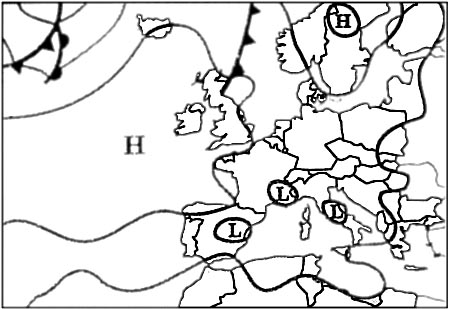 6899 kg.
6899 kg. Traffic load is the difference between ?
Question 68-23 : The take off mass and the operating mass the take off mass and the basic empty mass the operating mass and the basic empty mass the take off mass and the basic empty mass plus trip fuel
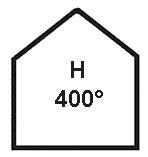 The take-off mass and the operating mass.
The take-off mass and the operating mass. The basic empty mass of an aircraft is 30000 kg .given the following data ?
Question 68-24 : 30900 kg 30930 kg 34630 kg 29100 kg
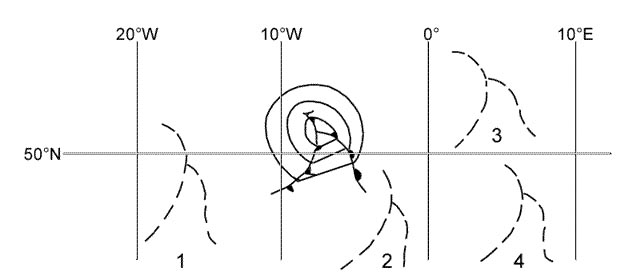 30900 kg.
30900 kg. Which is true of the aircraft basic empty mass ?
Question 68-25 : It is a component of dry operating mass it is the actual take off mass less traffic load it is dry operating mass minus fuel load it is dry operating mass minus traffic load
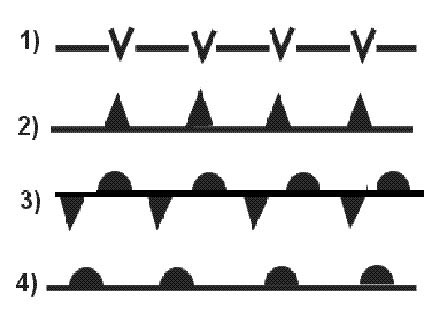 It is a component of dry operating mass.
It is a component of dry operating mass. The maximum quantity of fuel that can be loaded into an aircraft's tanks is ?
Question 68-26 : 11364 kg 18206 kg 14383 kg 13647 kg
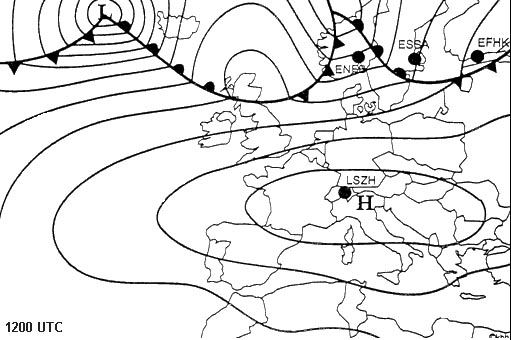 11364 kg.
11364 kg. Determine the landing mass for the following single engine aeroplane .given . ?
Question 68-27 : 2599 lbs 2799 lbs 2659 lbs 2449 lbs
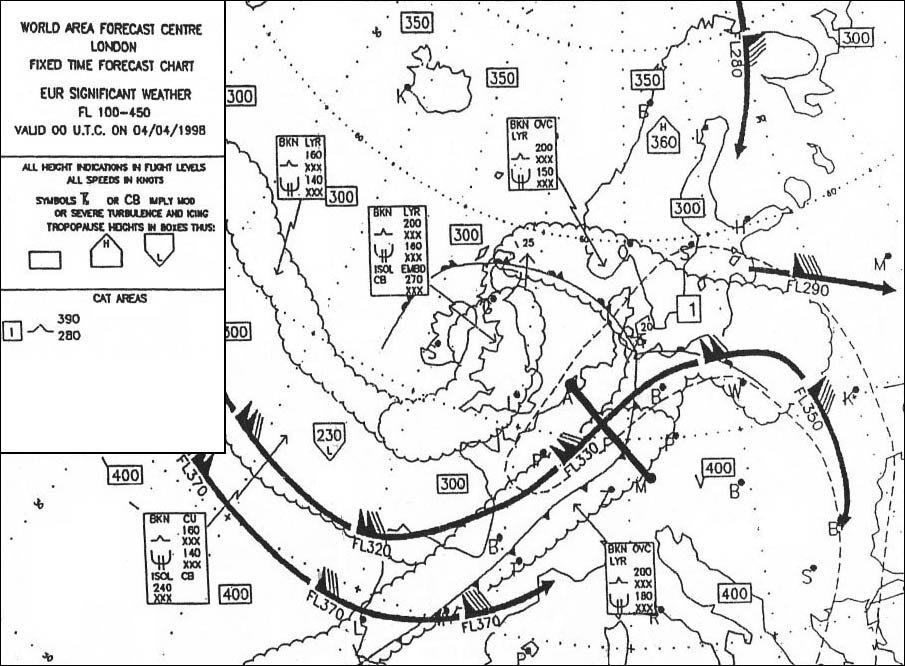 2599 lbs.
2599 lbs. Given .maximum allowable take off mass 64400 kg.maximum landing mass 56200 ?
Question 68-28 : 3000 kg 7000 kg 4000 kg 5600 kg
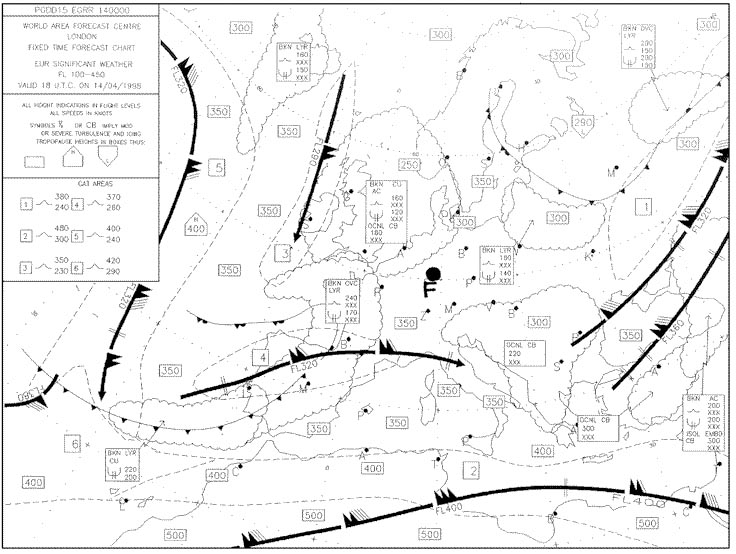 3000 kg.
3000 kg. The traffic load is a part of the ?
Question 68-29 : Zero fuel mass basic empty mass operating mass dry operating mass
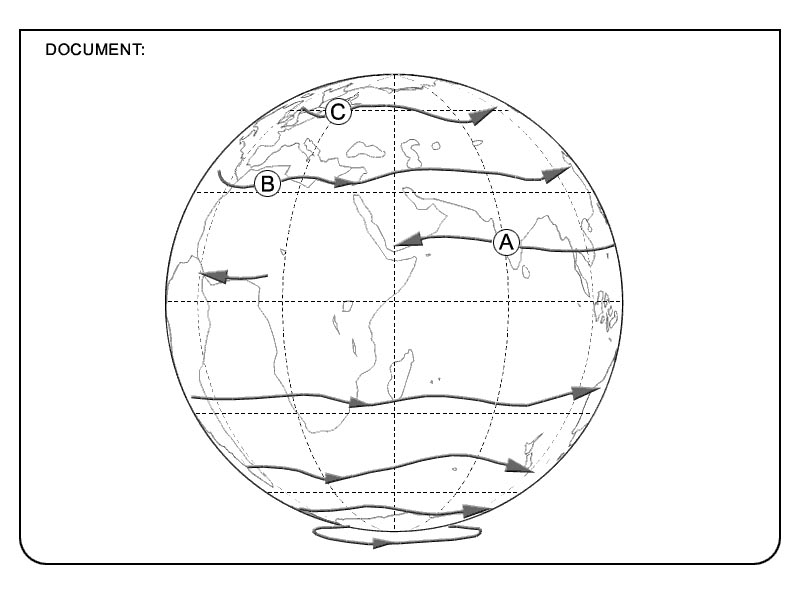 Zero fuel mass.
Zero fuel mass. The si units of running or linear load are ?
Question 68-30 : N/m kg/m kg/m³ n kg/m² kg n/m² lb/ft
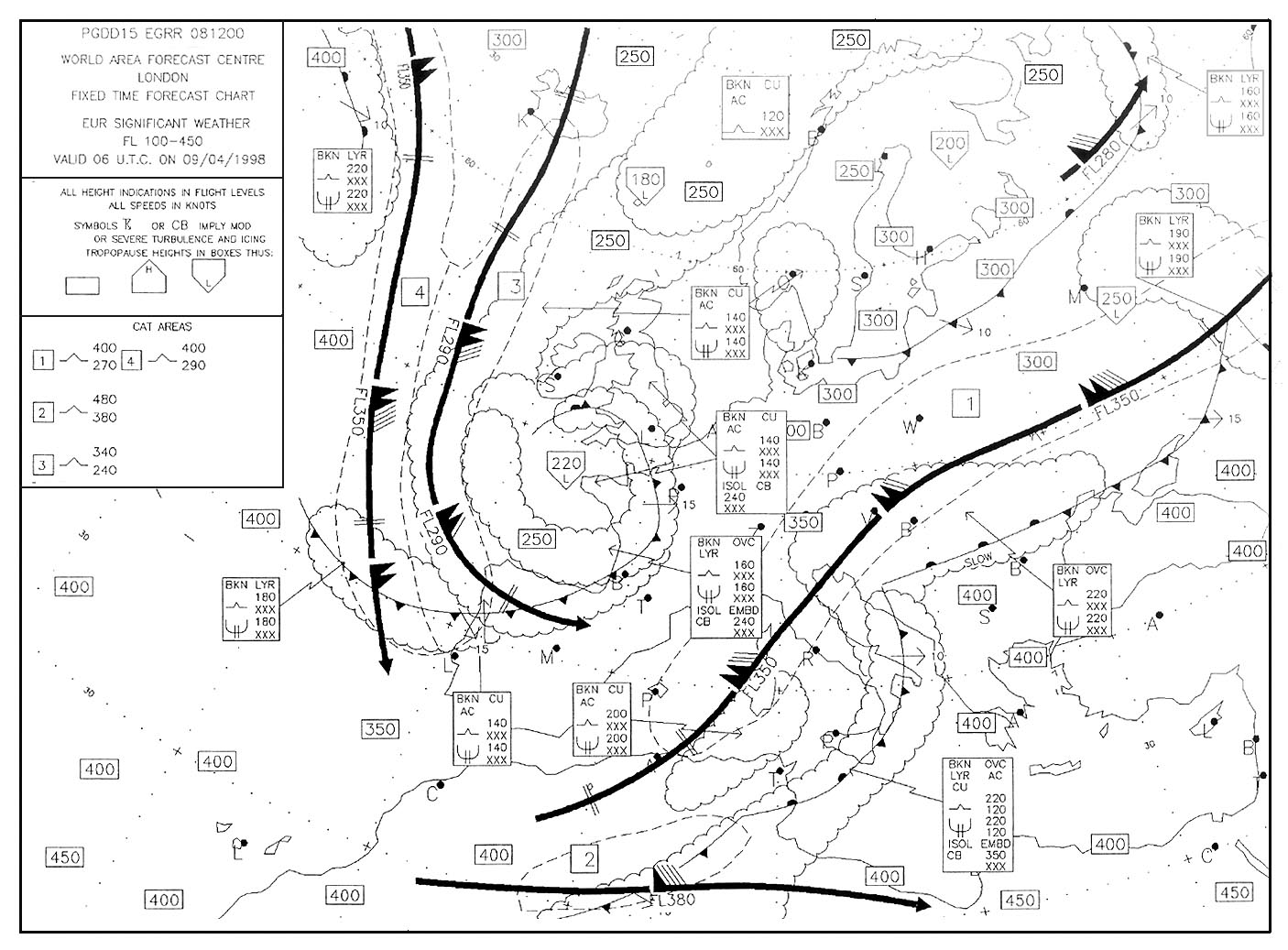 N/m, kg/m.
N/m, kg/m. Given .fuel density of 0 78 kg/l dry operating mass = 33500 kg traffic load = ?
Question 68-31 : 17350 kg 21900 kg 17550 kg 22100 kg
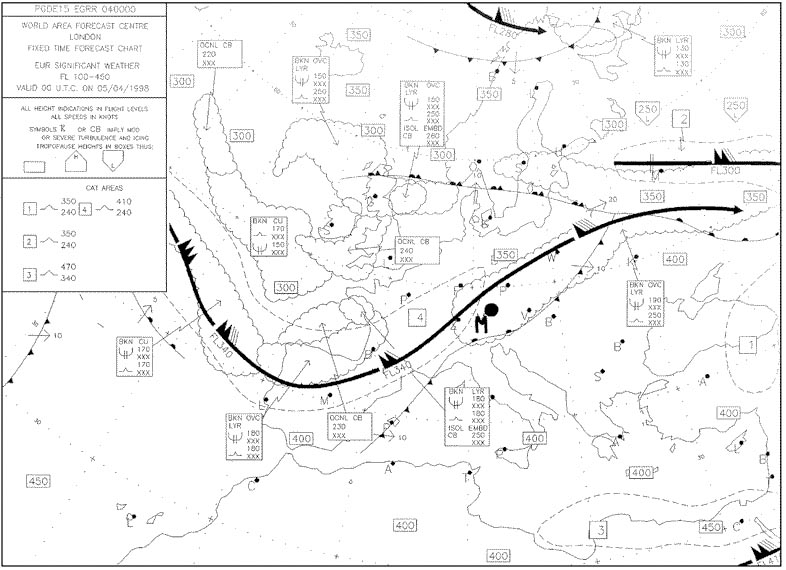 17350 kg.
17350 kg. An aircraft is to depart at an take off mass of 8220 kg .take off fuel ?
Question 68-32 : 1130 kg 1550 kg 1040 kg 2590 kg
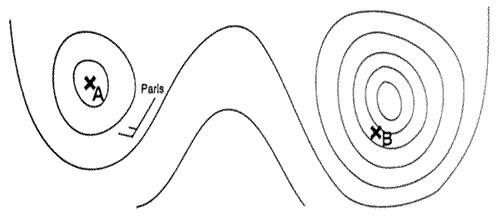 1130 kg.
1130 kg. The take off mass of an aircraft is 6700 kg .total fuel on board is 800 kg ?
Question 68-33 : 5919 kg 5900 kg 5681 kg 5000 kg
 5919 kg.
5919 kg. The maximum quantity of fuel that can be loaded into an aircraft's tanks is ?
Question 68-34 : 885 kg 1418 kg 858 kg 1011 kg
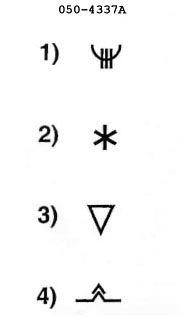 885 kg.
885 kg. Given . dry operating mass 2800 kg. trip fuel 300 kg. traffic load 400 kg. ?
Question 68-35 : 800 kg 1000 kg 500 kg 700 kg
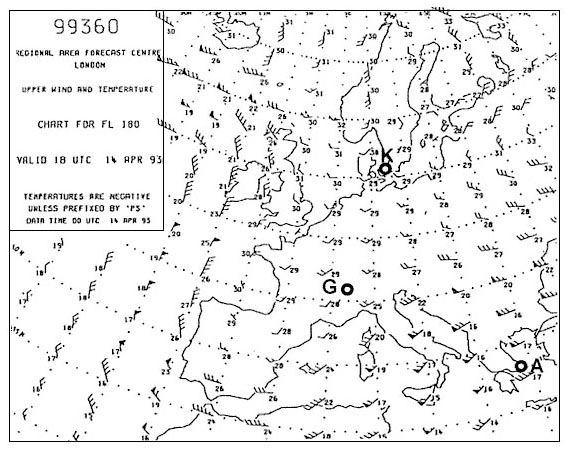 800 kg.
800 kg. The dry operating mass of an aircraft is the sum of the basic empty mass + crew ?
Question 68-36 : Operating items traffic load taxi fuel traffic load + usable fuel
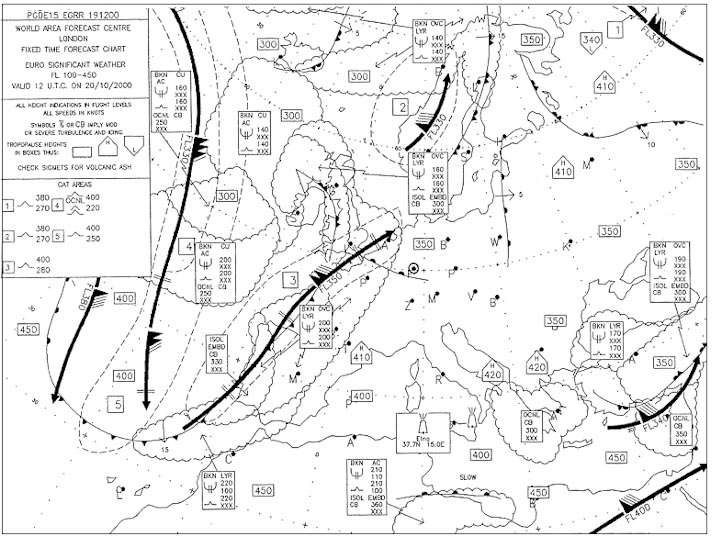 Operating items.
Operating items. The zero fuel mass is the mass of the aircraft ?
Question 68-37 : Excluding usable fuel excluding usable and unusable fuel including unusable and reserve fuel when weighed for issue or renewal of its weight schedule and excludes crew traffic load usable and unusable fuel
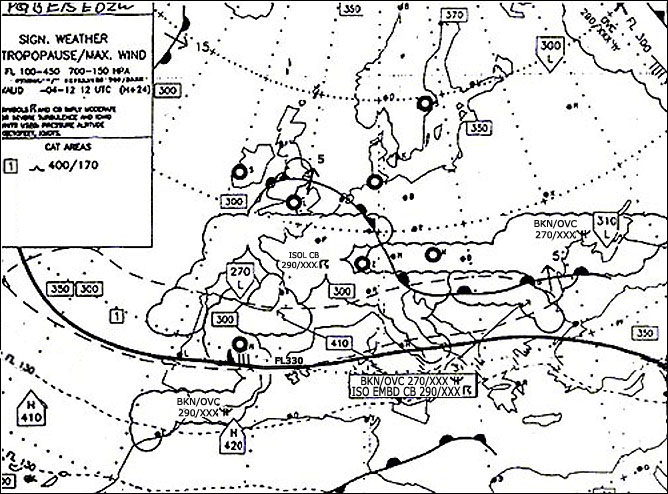 Excluding usable fuel.
Excluding usable fuel. The baggage compartment of a particular aircraft is 1 2 m wide by 1 4 m long ?
Question 68-38 : 840 kg 298 kg 1300 kg 192 kg
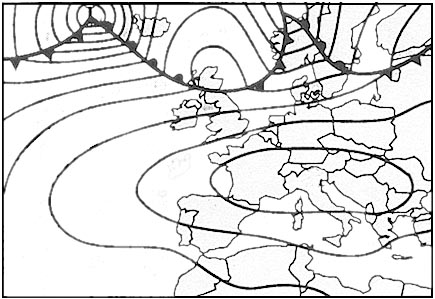 840 kg.
840 kg. What is the reason for knowing accurately what your weight is during flight ?
Question 68-39 : So you can fly at the optimum cruise altitude so the operator can choose the appropriate routes to fly it is unimportant you only need to know your weight for take off and landing
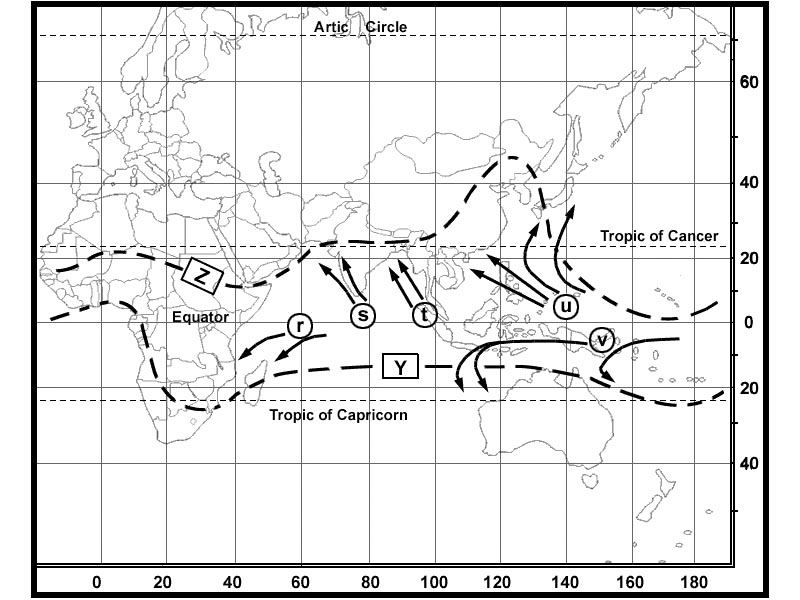 So you can fly at the optimum cruise altitude.
So you can fly at the optimum cruise altitude. Basic empty mass basic mass is the mass of an aircraft plus standard items such ?
Question 68-40 : Pyrotechnics fuel passengers crew
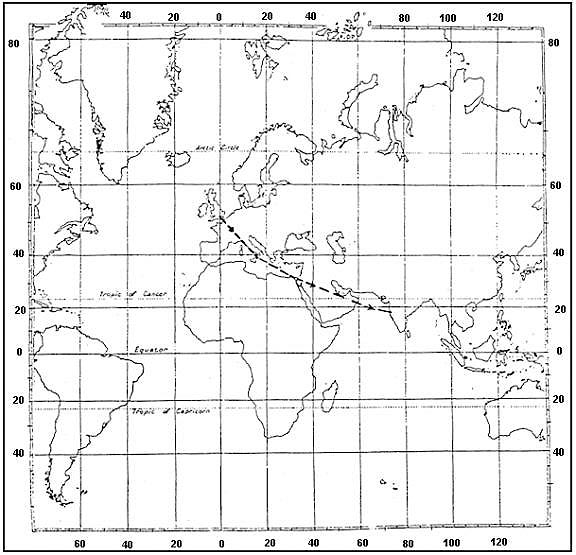 Pyrotechnics.
Pyrotechnics. ~
Exclusive rights reserved. Reproduction prohibited under penalty of prosecution.
2679 Free Training Exam
